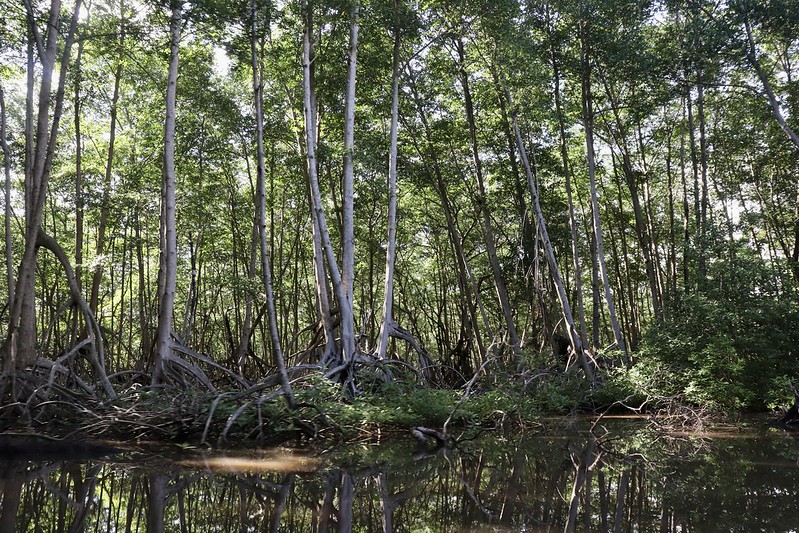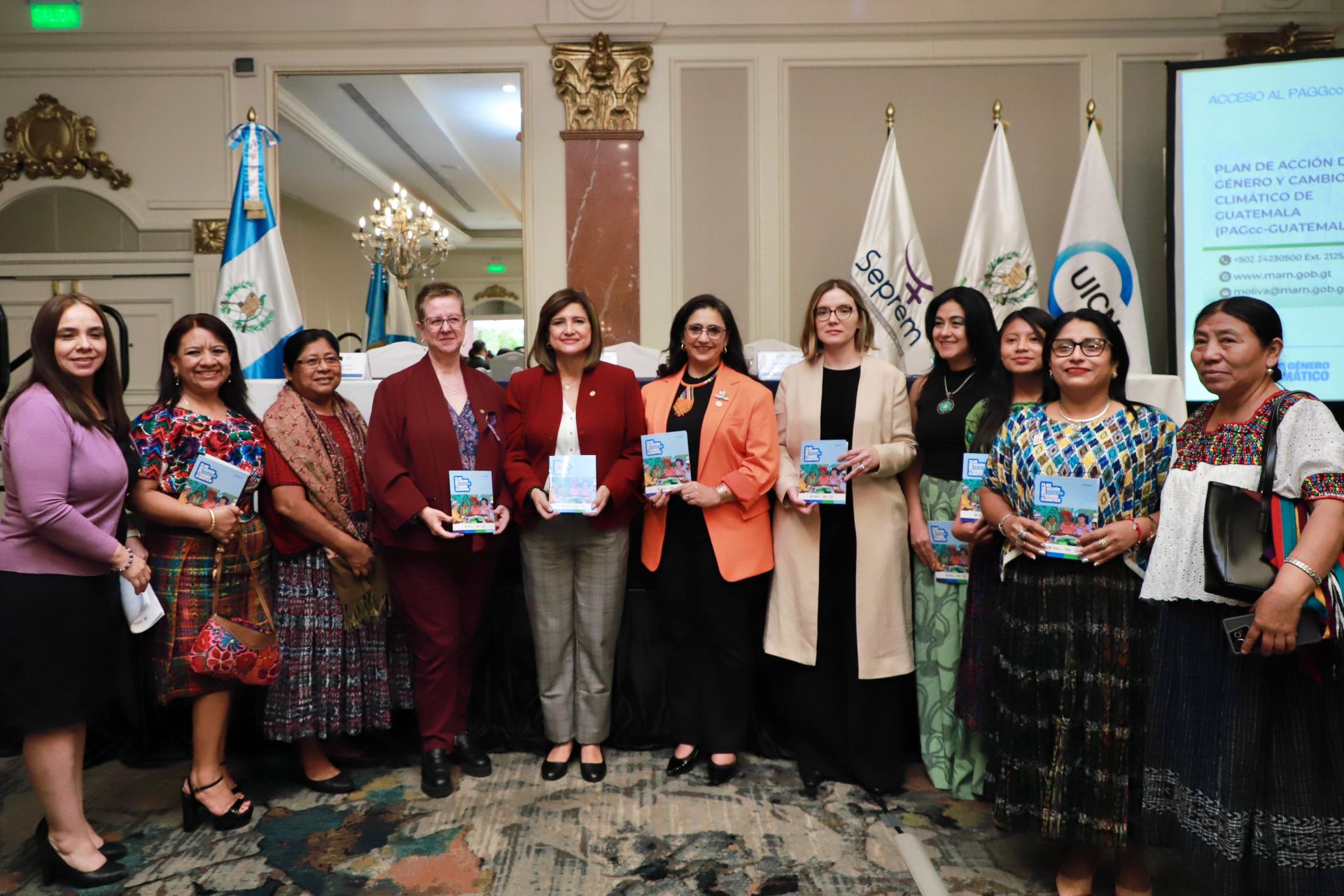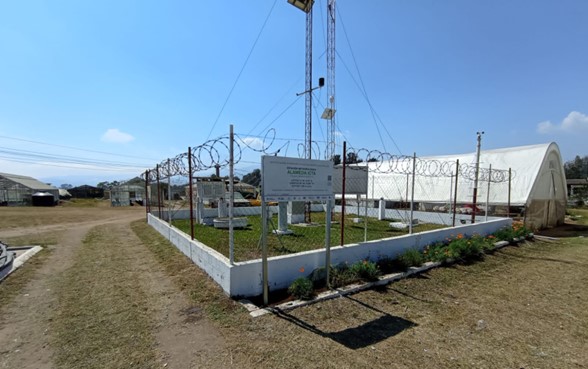World Wildlife Day 2023: Inclusive conservation partnering to protect the incalculable value of wild fauna and flora
One in five people rely on wild species for income and food while 2.4 billion people depend on wood fuel for cooking. On March 03, we observe World Wildlife Day (WWD), a United Nations International Day celebrating the world's wild animals and plants and their contributions to our livelihoods and the health of Mother Earth.
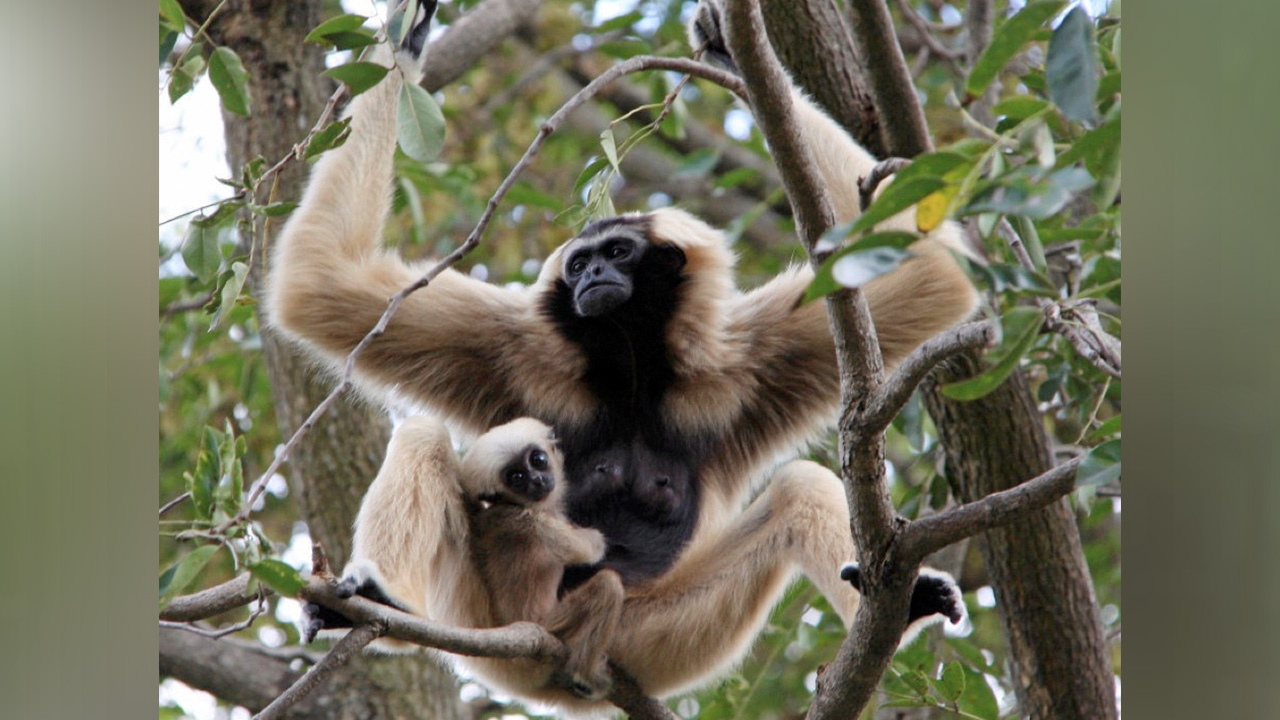
World Wildlife Day was established in 2013 during the 68th session of the United Nations General Assembly (UNGA 68) to honor the day in which the Convention on International Trade in Endangered Species of Wild Fauna and Flora (CITES) was signed in 1973. This year, March 03 has an even more important meaning, as it also marks the 50th anniversary of CITES, an international agreement to ensure that trade in specimens of wild animals and plants does not threaten the survival of wildlife.
Today, we join the globe in highlighting “Partnerships for wildlife conservation", honoring the people who are making a difference in protecting the many beautiful and varied forms of wild fauna and flora and raising awareness of the many benefits that come from their conservation. Indigenous Peoples and Local Communities’ (IPs and LCs) respect for and knowledge of their ancestral lands – together with their cosmovision and spiritual beliefs – have made them the best protectors of the innumerable animals and plants that live with them.
Across the various geographies of the Inclusive Conservation Initiative (ICI), a Global Environment Facility (GEF) funded initiative co-implemented by Conservation International and IUCN and aimed at supporting IPs and LCs in safeguarding Earth’s natural ecosystems, the ICI subprojects led by IPs and LCs play important roles in the conservation of rare, vulnerable, and endangered plant and animal species that have key meanings for their communities. Discover examples from the ICI geographies below.
South America
Chile and Argentina: The Araucaria or Pewen
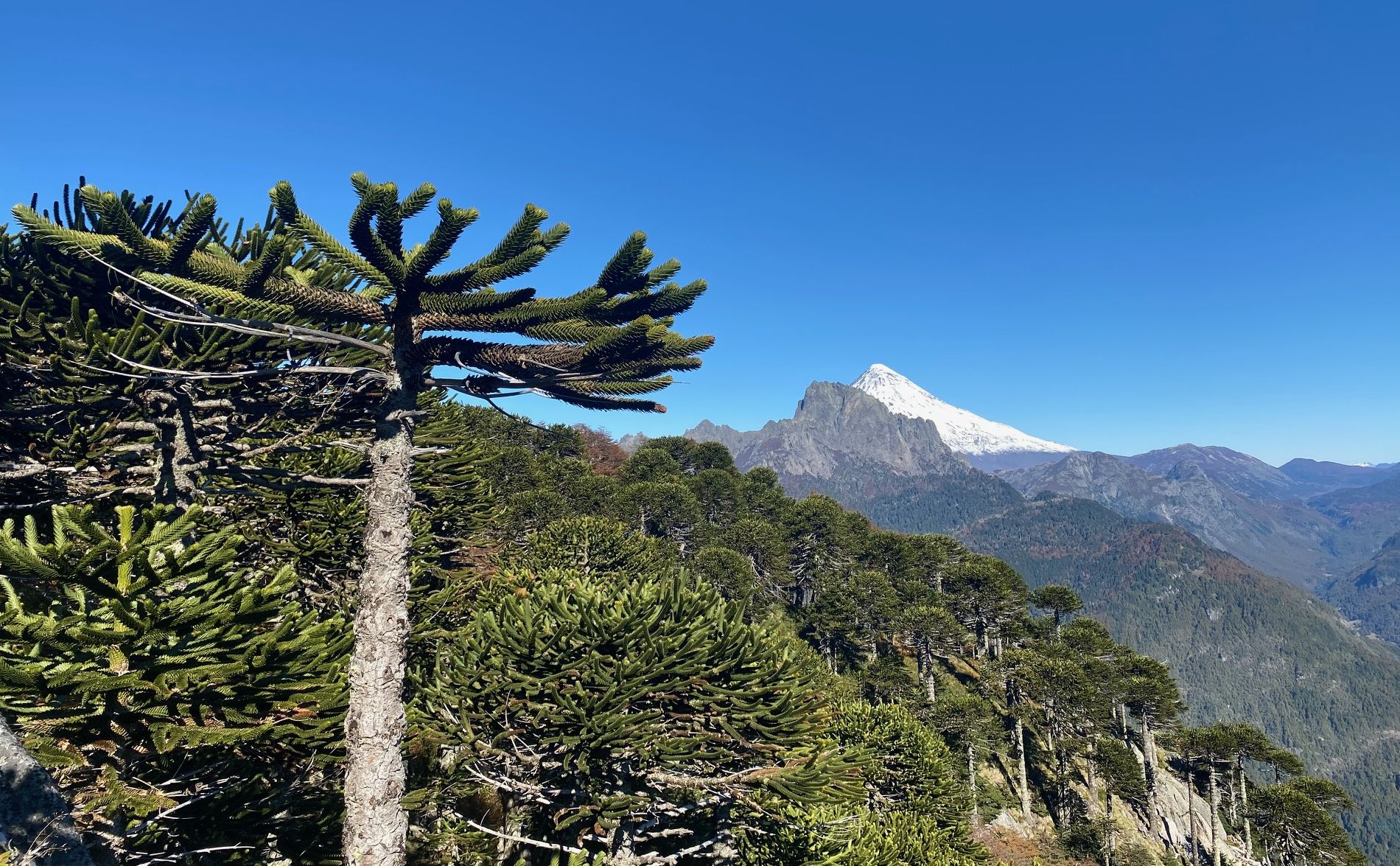 Photo: Futa Mawiza
Photo: Futa Mawiza
The araucaria (araucaria araucana) – or pewen – is an important endemic species of the Andes Mountains. It holds significant ecological, traditional and biocultural importance for the Mapuche communities of southern Gulumapu of Chile and Puelmapu of Argentina, part of the Futa Mawiza initiative.
Araucaria forests have provided Mapuche communities with summertime pine nuts, called gilliw, which are a fundamental part of the Mapuche diet due to their high nutritional content. However, the pewen has been categorized as "endangered" by the IUCN Red List of Threatened Species due to extensive logging and forest fires. Mapuche communities have historically defended and protected the pewen and under ICI, they will further expand their traditional use and care practices, advocate for its legal protection, and cooperate with scientific teams to stop extractive threats.
Meso-America
Guatemala and Panama: The Tapir
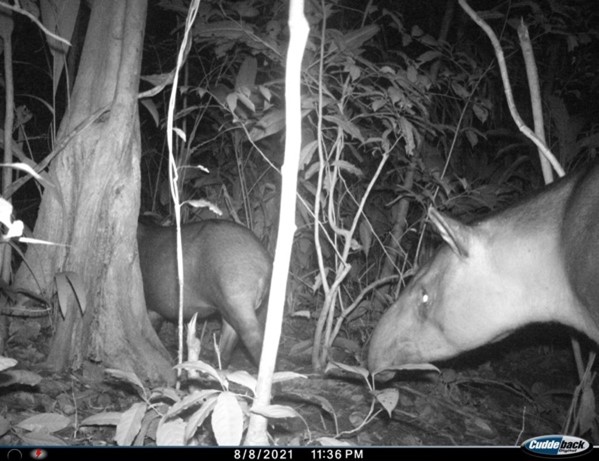 Photo: Sotz'il
Photo: Sotz'il
The tapir, or Molí in the Guna language, is a species with high cultural value for the Guna People of Panama which, together with Guatemala, is the territory of implementation of the Paq’uch Project, managed by a consortium led by Sotz’il. The Guna biological indicators say that the presence of the tapir in the forests demonstrates good health. In fact, tapirs guarantee the preservation of biodiversity and contrast the effects of climate change by ensuring the survival of the largest trees, those with the highest carbon-storing potential.
To support the conservation of the tapir, under ICI the Paq’uch project will carry out monitoring processes that will complement the Indigenous protection systems.
Sub-Saharan Africa
Tanzania: The Ostrich
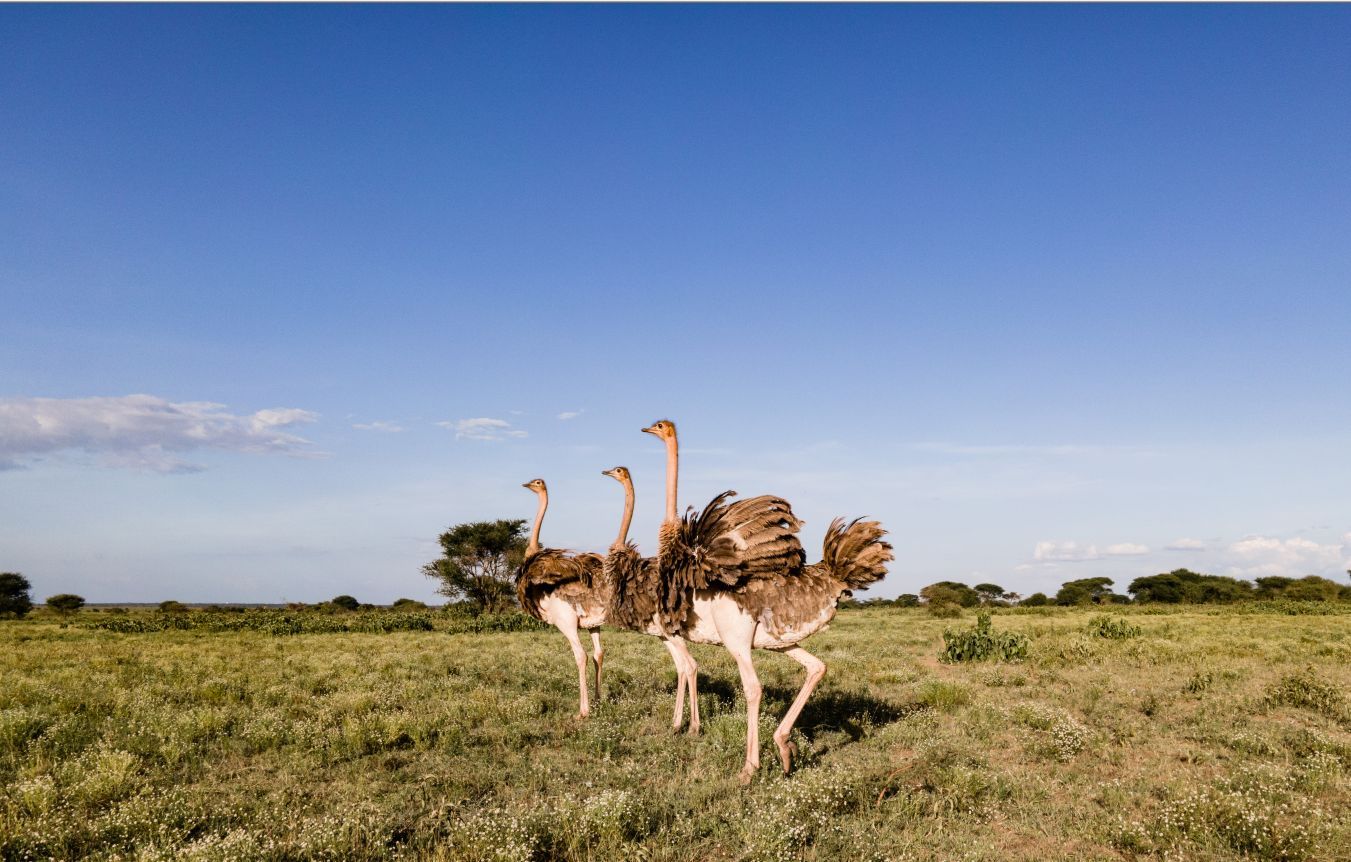 Photo: UCRT
Photo: UCRT
Ostriches are a significant part of the cultural identity of the Maasai tribes in the Ujamaa Community Resource Team (UCRT)’s territories in Northern Tanzania, which regard them as majestic and peaceful animals and symbols of holiness. The feathers of the ostrich play an important role in traditional Maasai practices and are used to mark the beginning of a young warrior's life.
To support the conservation of the ostrich and other wild species, UCRT developed a unique award-winning model for Indigenous-led conservation and community land ownership, which secures a communal land title deed known as a 'Certificate of Customary Right of Occupancy'. The model has helped secure more than 1.5 million hectares of land and, under ICI, it will help keep prime grazing, forest land, and migration paths open for wildlife and livestock to coexist.
Democratic Republic of the Congo (DRC): The Pangolin
 Photo: ANAPAC
Photo: ANAPAC
The pangolin, also called Kabanga in local languages such as Kilega and Citembo, is a wild animal entirely covered with large, flat, and triangular scales which is found in the eastern Democratic Republic of Congo (DRC), home to the Peuples Autochtones et Communautés locales en République Démocratique du Congo (ANAPAC). The pangolin is a rare nocturnal species and in the culture of the Indigenous Peoples of the DRC it is an emblematic animal used in initiation rites.
IPs and LCs in the eastern DRC have traditionally acquired knowledge to protect the pangolin from their elders. As an organization that works on biodiversity conservation, promotion of traditional knowledge and defense of Indigenous rights, under ICI ANAPAC will support the protection of the pangolin through sensitization and capacity building at the grassroot level.
Kenya: The Elephant
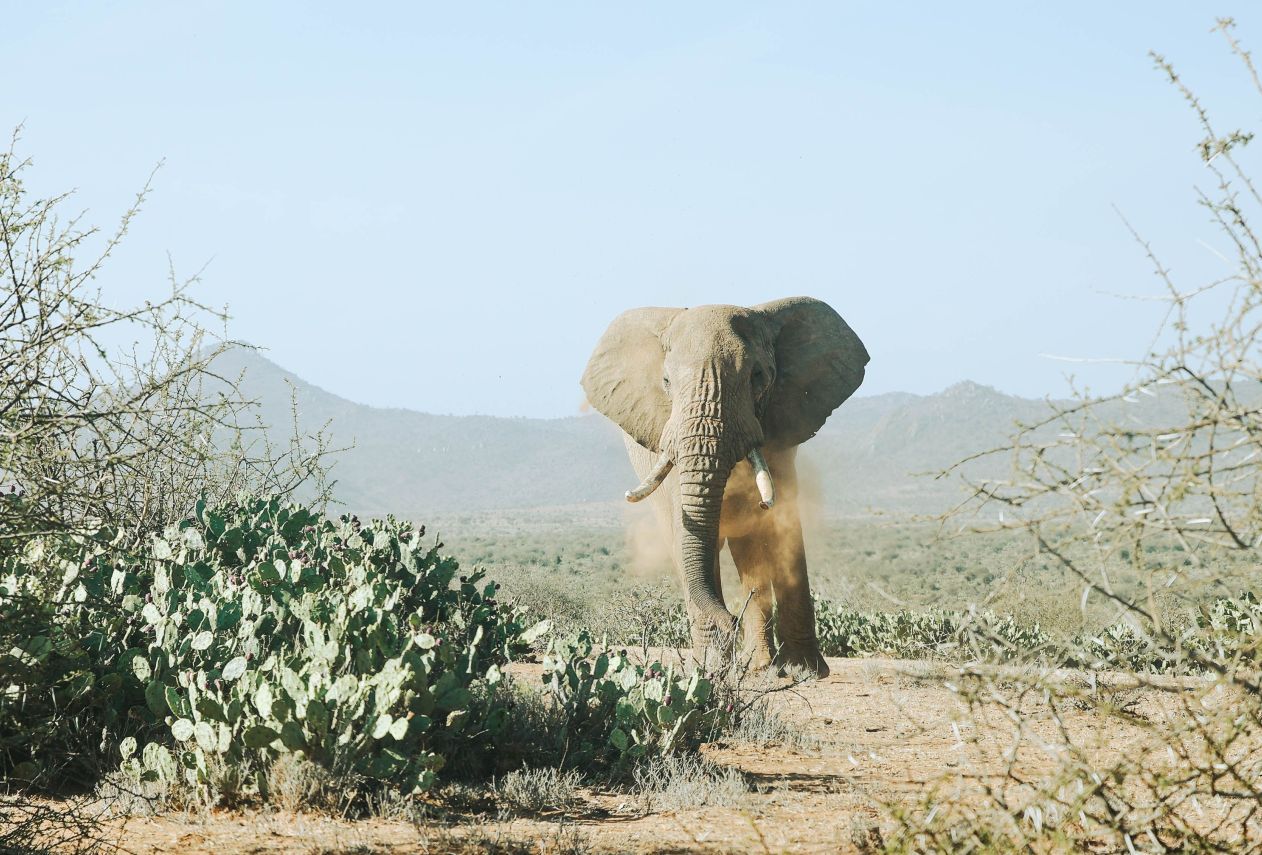 Photo: Nomad Footprint KE
Photo: Nomad Footprint KE
The pastoralist communities based in the kenyan rangelands, home to the Indigenous Movement for Peace Advancement and Conflict Transformation (IMPACT), have been coexisting with elephants, called Oltome in the Maa language, for centuries. These communities consider the elephants wise creatures and once believed them to possess the ability to speak. Elephants help open up forests and provide fodder for other animals by shaking trees to drop pods and, as they travel long distances, they are also good agents of seed dispersal. Pastoralists also use their migratory patterns to understand rainfall occurrences and seasons.
To preserve these important species, IMPACT is working under ICI to ensure that community lands are legally titled and remain open so that they continue to be a shared landscape where people and wildlife thrive and mutually support each other.
Asia and the Pacific
Thailand: The Gibbon
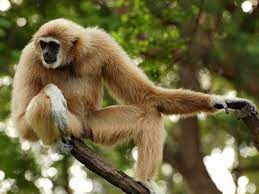 Photo: IPF
Photo: IPF
As a Karen proverb goes, “Kaw Yu Pga Si Ter Dui Ser Yue Ta Kwa Nui Kwa” or “One gibbon dies, seven creeks are lonesome”. In Thailand the Karen believe that gibbons are their siblings and that they must protect them.
To support the conservation of the gibbon, the Indigenous Peoples' Foundation for Education and Environment (IPF) and its partner organization Wisdom of Ethnic Foundation (WISE),, has collaborated with community leaders to closely monitor gibbon populations living in the Maetia and Maetae watershed areas and has planted more fruit trees to increase food for this species. In addition, WISE has also undertaken awareness-raising activities for community youth to mainstream the importance of protecting the gibbon and other wildlife species.
Cooks Islands: The Kopeka or Swiftlet
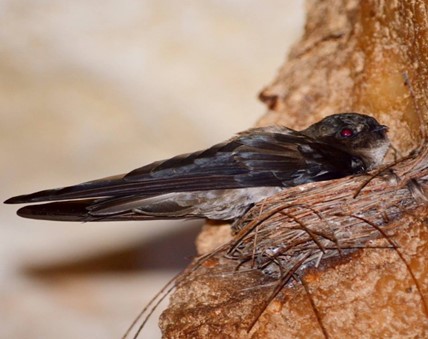 Photo: House of Ariki
Photo: House of Ariki
The kopeka, also known as the swiftlet, is a most unique animal endemic to the island of Atiu in the Cook Islands, home of the House of Ariki. The home-base of the kopeka is believed to be the Ana-Takitaki cave, though today it is sometimes found in the Vai-Momoiri caves.
The kopeka, which is listed under “vulnerable” in the IUCN Red List, is a tapu, a treasure of the island, and natives protect it by not hunting it for food. As recreational activities such as guided kopeka tours have been identified as potential threats causing reduced nesting numbers, the House of Ariki also helps ensure that tours are only being conducted in one of the two caves, which effectively results in a level of local and traditional protection for the other cave.
